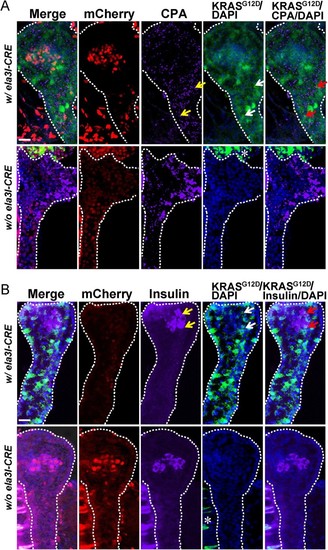Figure 2.
- ID
- ZDB-FIG-190723-629
- Publication
- Oh et al., 2019 - Zebrafish model of KRAS-initiated pancreatic endocrine tumor
- Other Figures
- All Figure Page
- Back to All Figure Page
|
Early |
| Gene: | |
|---|---|
| Antibodies: | |
| Fish: | |
| Anatomical Terms: | |
| Stage: | Day 5 |

